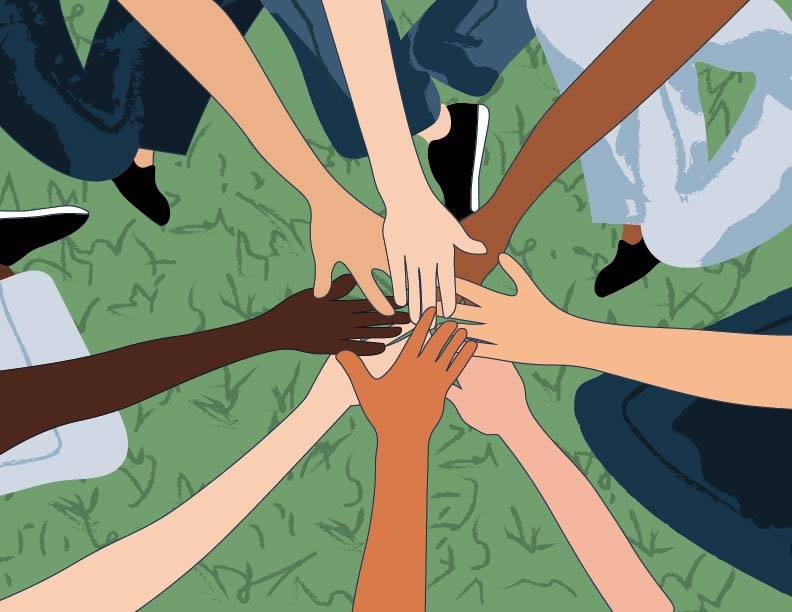University of Minnesota officials presented statistics about campus climate, adding numbers to a continued discussion from a Board of Regents retreat in July.
The takeaway: The University is not drastically different from peer schools and all schools need to do better.
Still, there were some areas where the University diverged from national trends. The data, collected for the Twin Cities campus through the Student Experience in the Research University Survey, showed several divides including some among racial, religious, gender identity and political ideological lines.
“The good news is that when you look at this overall, the University of Minnesota is on par with our peers,” said LeeAnn Melin, associate vice provost for student success, at the meeting. “I think the bad news is that overall we are not doing a great job in higher education.”
The data compares University survey data with compiled data with other schools in the American Association of Universities such as the University of Iowa and Michigan State University.
Students of color generally report they feel a sense of belonging at lower rates than their white peers, a trend reflected in broader data for other institutions as well.
About 40 percent of black students say they feel they belong on campus compared to more than 63 percent for their white peers. Just over a quarter of black students say they feel their group was respected compared to over 80 percent for white students. Each are similar and sometimes higher numbers when compared to other schools.
Yet, for some religious groups of students the University departs from national trends. In 2018, less than 20 percent of Jewish students on campus said they felt their peers are respected compared to about 42 percent at other institutions. For Muslim students that figure was about 30 percent at the University while at peer institutions it was 38 percent.
Along political lines, students of liberal and conservative ideologies reported a similar sense of belonging but differed when asked if their group of students were respected. While almost 84 percent of liberal students said their group was respected, conservative students reported much lower numbers, around 21 percent.
“We’ve got some problems,” Vice Chair Steve Sviggum said at the meeting. “This should be shocking, this should be appalling to all of us. No matter where you are on the political spectrum it should be alarming.”
How conservative and rural students feel on campus dominated much of the conversation about campus climate at the regents retreat in July. Both then and in this meeting regents expressed that diversity of thought is important to consider as well.
“If we want to have a diversity on this campus, not only of race, not only of ethnicity, not only of sexual orientation, but a diversity that’s thought too,” said Sviggum, a former Republican Speaker of the House in the Minnesota Legislature. “There are more than just the typical diversity we might think about.”
Regent Mike Kenyanya pointed out there is no way to rank one classification of students over another but questioned whether they should put an emphasis on identities you cannot change over ones that may shift.
“Regent Sviggum, you might become liberal someday, who knows?” Kenyanya said, sparking some laughter from regents. “But to my knowledge you are and for the foreseeable future will remain white.”
The data departs from a narrative of students from rural parts Minnesota not feeling like they belong on campus, with about 68 percent of them saying they do feel a sense of belonging in 2019. Students from the metropolitan area reported they feel they belong lower than any type of home location surveyed in 2019.
For gender identity, transgender students reported they feel their group is respected at lower rates than data from peer schools. When it comes to sexual orientation, the University scored very close or higher than other schools across the board, though just a third of queer students said they felt like their group was respected. Nationally, that figure is under 30 percent.
“All the elements have to do with tolerance and civility,” Regent Richard Beeson said. “They’re not learning this at home, they are getting influenced and are coming to the University with these predispositions.”
Both regents and presenters said one way to improve these numbers is to teach students to better interact with people who are different from them.
“I think the different segments of this campus have much more in common that we don’t even realize than we have apart,” Regent Tom Anderson said.
















